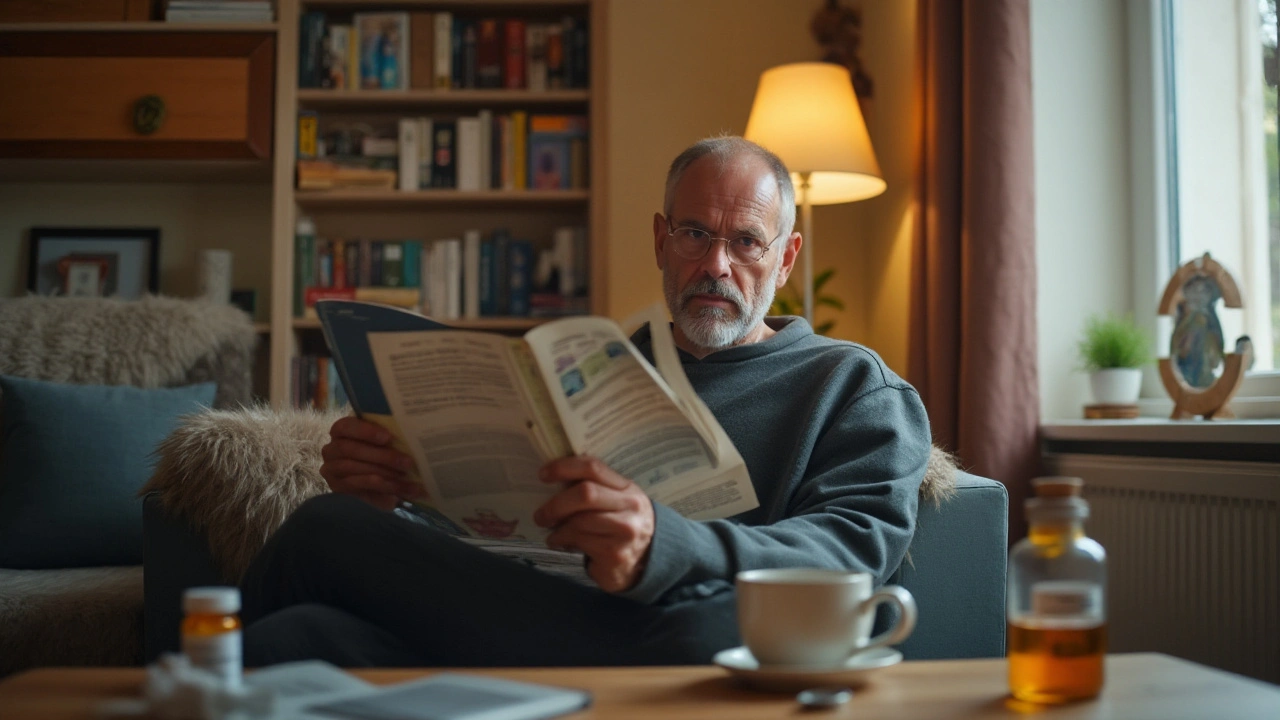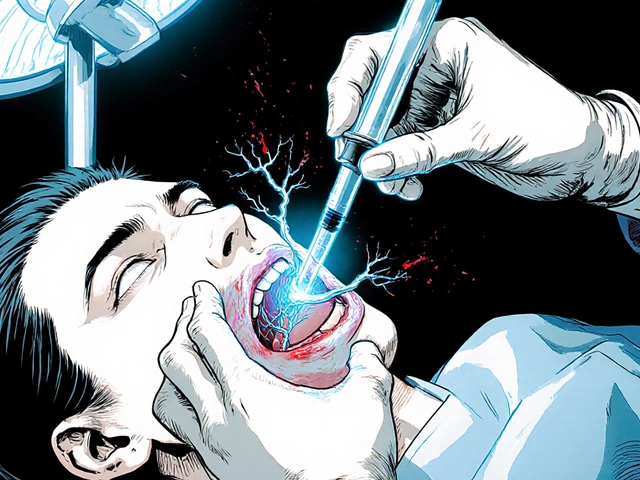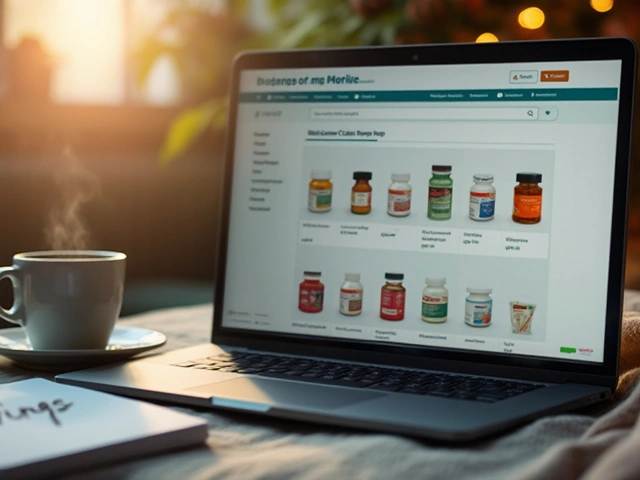Dorzolamide: The Essential Eye Drop for High Eye Pressure
If your eye doctor mentions dorzolamide, they're talking about a straightforward medication that often works wonders for lowering eye pressure. It's commonly used in people dealing with open-angle glaucoma and ocular hypertension. Basically, if your eyes make too much fluid or have stubborn pressure, dorzolamide steps in to help out.
This medication comes as an easy-to-use eye drop. It helps your body cut back on the amount of fluid your eye makes, so the pressure inside drops. Why does this matter? Because high eye pressure can quietly damage the nerve that helps you see—and that's not something you want to mess with.
Using dorzolamide is pretty simple, but getting it right makes all the difference. Wash your hands, tip your head back, and squeeze in one drop—the trick is not letting the tip of the bottle touch your eye, lid, or any surface. After you put in a drop, close your eye and press the corner (by your nose) gently for a minute or so. This stops the med from draining away too fast.
Not everyone can use dorzolamide. If you've got sulfa allergies, make sure your doctor knows. Sometimes it can cause mild stinging, a bitter taste in your mouth, or red eyes right after you use it. Usually, these side effects are mild and go away, but if you notice anything major—like swelling, real pain, vision changes, or signs of an infection—call your doctor right away.
What about using other drops? If you're also on something like timolol or prostaglandin analogs, ask if you can space out your drops instead of piling them in at once. Doctors usually recommend waiting at least five minutes between different eye drops to keep things working smoothly.
Be realistic about missing doses—even careful folks forget sometimes. If you do, just use your drop as soon as you remember (unless it’s almost time for your next one—then skip and stay on schedule). Doubling up won’t make your eyes better faster and might just lead to annoying side effects.
Storing dorzolamide is easy: keep the bottle tightly closed, away from heat and light, and never use it past the marked expiration. One thing people don’t realize—don’t touch the dropper directly to your eye. This can introduce germs, and eye infections are the last thing you want on top of everything else.
Dorzolamide isn’t out to cure glaucoma, but it seriously cuts the risk of losing vision. People with a family history of glaucoma, or anyone over 40, should get their pressure checked regularly even if their eyes feel fine. It’s not only about feeling—it’s about keeping your eyesight for the long haul.

Understanding Dorzolamide Drug Interactions and Safety Precautions
This article dives into the potential interactions of dorzolamide, a medication commonly used for treating glaucoma. It outlines the importance of understanding possible drug interactions, provides safety precautions, and gives practical advice for those using dorzolamide. Readers will gain valuable insights into how to manage their medication safely and effectively.




